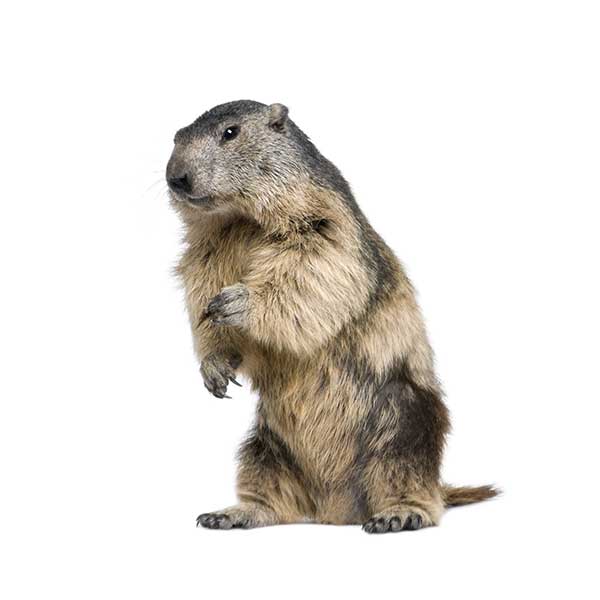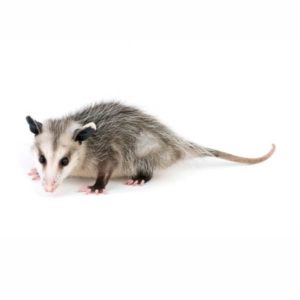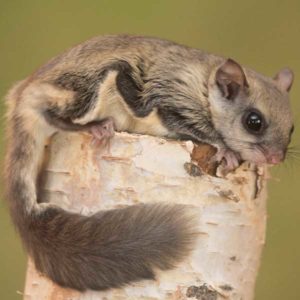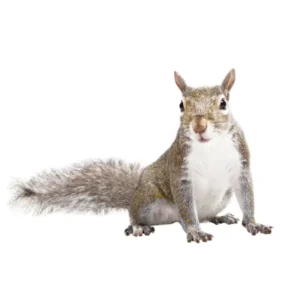Groundhogs in Memphis TN Metro Area
Groundhogs, also known as woodchucks, are large rodents found throughout the United States. They are one of the few animals that truly hibernate, getting plump in the spring and summer and then retreating to their burrows for winter. Groundhogs are abundant in rural regions and frequently spotted in suburban communities. Interestingly, the groundhog belongs to the squirrel family and possesses mighty front paws used for excavating burrows. Homeowners often find groundhogs troublesome as they tunnel beneath gardens, sheds, and other outdoor structures, causing annoyance.
Groundhog Habitat
These sizable rodents are plant-eaters, and a groundhog’s diet can consist of fruits, plants, tree bark, and grasses. Groundhogs construct burrows near greenery, which can reach depths of up to five feet and typically have multiple entrances. As the animal grows, the entrance hole expands and eventually measures around a foot wide, accompanied by a mound of soil. Burrow openings are typically well-concealed and can be challenging to locate. Groundhogs often conceal these holes by situating them beneath vegetation or loosely covering them with leaves and twigs. The network of tunnels can span an underground area ranging from 8 to 66 feet and is utilized for several years.
Groundhog Behaviors, Threats, or Dangers
Groundhogs are gentle animals that seldom interact with humans and do not present significant public health risks. However, they are regarded as bothersome pests due to their feeding and burrowing behaviors, which can result in substantial harm to home gardens, lawns, and orchards. Their burrowing activities have been known to damage building foundations, create unsightly holes in lawns, and even cause electrical outages by gnawing on underground wires. If an infestation is suspected, contact a licensed wildlife control professional.





